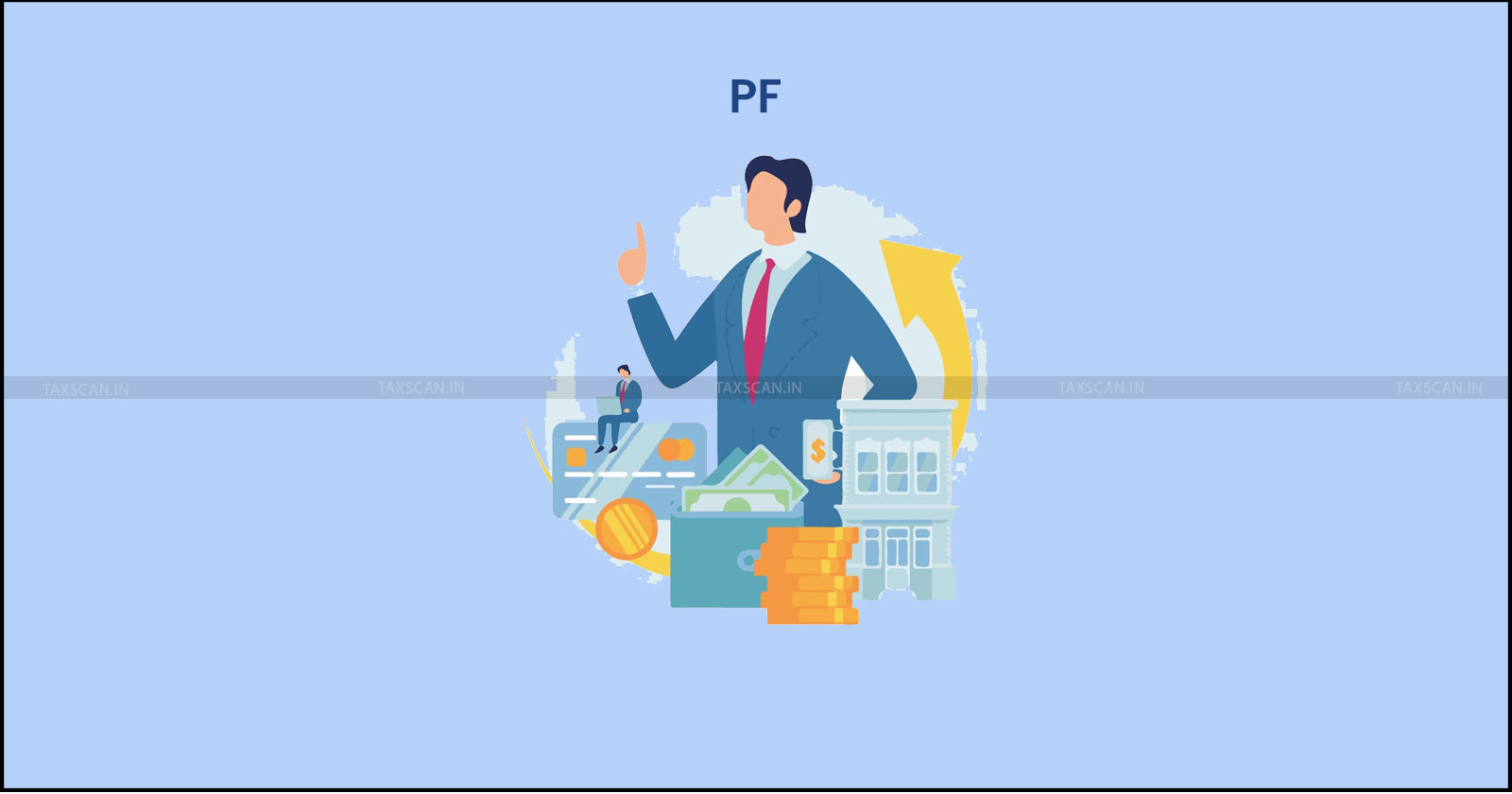Switching Jobs? Here’s Why You Must Transfer Your PF Account Every Time You Change Employers
Transferring your PF is not optional; it's essential for maximizing benefits, preserving pension eligibility, and avoiding future withdrawal hassles.

PF account transfer – Job change PF – Transfer EPF account – taxscan
PF account transfer – Job change PF – Transfer EPF account – taxscan
If you’ve recently landed a new job, congratulations! But while you're busy completing exit interviews and onboarding paperwork, there’s one important financial task many overlook: transferring your Provident Fund (PF) account.
It may seem like a minor technicality, but skipping this step can have serious consequences, ranging from limited access to your money to loss of pension eligibility. Let’s break down why transferring your PF account every time you change employers is essential for long-term financial health.
Step by Step Guide of Preparing Company Balance Sheet and Profit & Loss Account Click Here
Why Transferring Your PF Is Critical
1. Higher Withdrawable Amounts
Only the balance in your current PF account is counted for partial withdrawals. If previous balances aren’t transferred, they’re essentially invisible for EPFO’s calculations.
2. One UAN, Multiple Accounts = Trouble
You are legally allowed to hold only one Universal Account Number (UAN) throughout your career. If you switch jobs without transferring your PF account, a new UAN might get generated, leading to:
- KYC verification errors
- Employer mismatch issues
- Delays or rejection of claims
EPFO Guidelines (Circular No. WSU/39(1)2019/Dir(Misc.)/Part, dated 21.07.2019): Mandates linking all PF accounts to a single UAN to streamline digital tracking and benefit portability.
Complete practical guide to Drafting Commercial Contracts - CLICK HERE
3. EPS Service Disruption
To qualify for a pension under the Employees' Pension Scheme (EPS), you need at least 10 years of continuous service. Unmerged PF accounts can cause a break in service history, jeopardizing your pension eligibility later in life.
Without continuous service (tracked through a unified PF account), you may be disqualified from receiving monthly pension benefits at retirement, even if you’ve worked the required number of years.
4. Loss of Interest on Dormant Accounts
If no contribution is made for 36 months, interest may stop accruing on that PF account. Over time, that could mean thousands of rupees lost, especially for higher contributors.
What Happens If You Don’t Transfer Your PF?
Example 1: Partial Withdrawal Limitations
Meet Rina. Over the past eight years, she worked at three companies and contributed steadily to her PF. Now she needs funds to pay for her child’s college tuition. She applies for a partial withdrawal, but EPFO only considers the Rs. 80,000 in her current PF account, ignoring Rs. 5.5 lakh from earlier jobs that weren’t transferred.
Moral? Unless you merge your PF balances, you lose out on your own money when you need it most.
Example 2: Pension Disruption
Ankit, a software developer, switched five jobs in 12 years. He never transferred his PF accounts. While applying for his pension under the Employees' Pension Scheme (EPS), his application was denied because his service appeared fragmented and didn’t meet the 10-year continuous service requirement.
Lesson? Unmerged PF accounts = broken service record = lost pension benefits.
Example 3: Final Settlement Failure
Consider Priya, who resigned from her last job and wanted to withdraw her full PF balance to start her own business. Despite completing the withdrawal form, the EPFO denied her 100% claim because two older PF accounts from previous employers were still unmerged.
Result? Delay, extra paperwork, and unnecessary stress at a crucial career turning point.
Complete Clause by Clause Checklist for Form 3CD - CLICK HERE
How to Transfer Your PF Account Online
Transferring your PF account is now easier than ever:
- Log in to the EPFO Member Portal using your UAN and password.
- Ensure your UAN is KYC-compliant (linked with Aadhaar, PAN, and bank account).
- Click on ‘Online Services’, then select ‘One Member – One PF Account (Transfer Request)’.
- Choose the employer account you want to transfer from.
- Select your previous or current employer to attest to the claim.
- Submit the OTP sent to your registered mobile number to complete the request.
You can also do it offline using Form 13, submitted through your employer.
Auto-Transfer Provision: What You Should Know
Auto-transfer of PF happens only when:
- Both employers (previous and current) are non-exempt establishments, and
- Your UAN is KYC compliant
It is triggered after the first contribution from the new employer.
Exempted establishments (those managing PF in-house) require manual transfer using Form 13.
Want a deeper insight into the Income Tax Bill, 2025? Click here
Conclusion
Think of your PF accounts like savings jars. If you keep opening new jars at every job but never pour them into one big jar, you’ll forget some exist or struggle to track totals or face penalties when trying to use them. Transferring your PF is like consolidating all your savings into one visible, interest-earning, government-tracked jar.
Support our journalism by subscribing to Taxscan premium. Follow us on Telegram for quick updates


